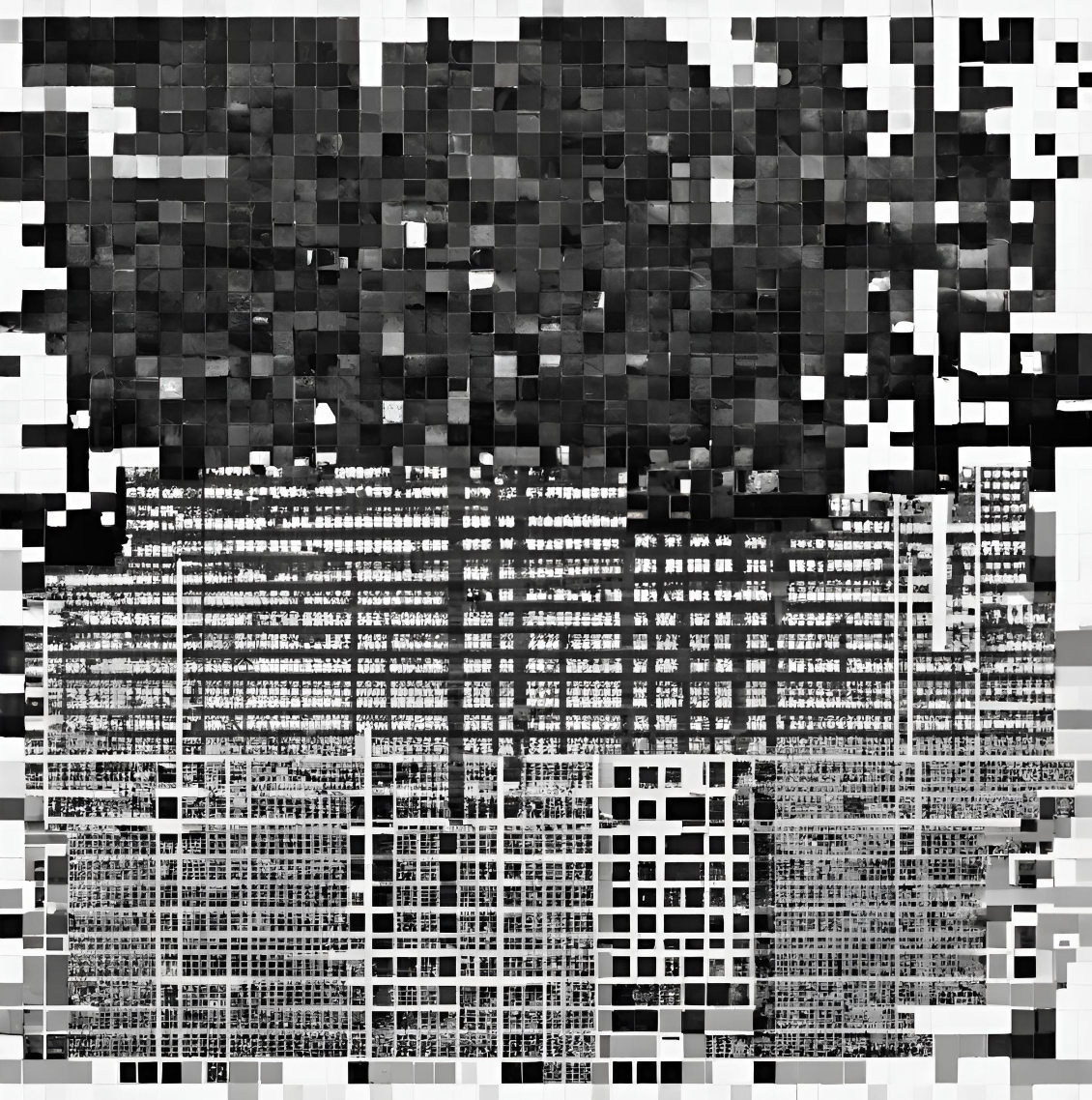166 reads
Alternative Architectures Have Variable Effect On Augmentation-Induced Bias
by
August 31st, 2024
Audio Presented by

Computational: We take random inputs, follow complex steps, and hope the output makes sense. And then blog about it.
Story's Credibility

About Author
Computational: We take random inputs, follow complex steps, and hope the output makes sense. And then blog about it.
